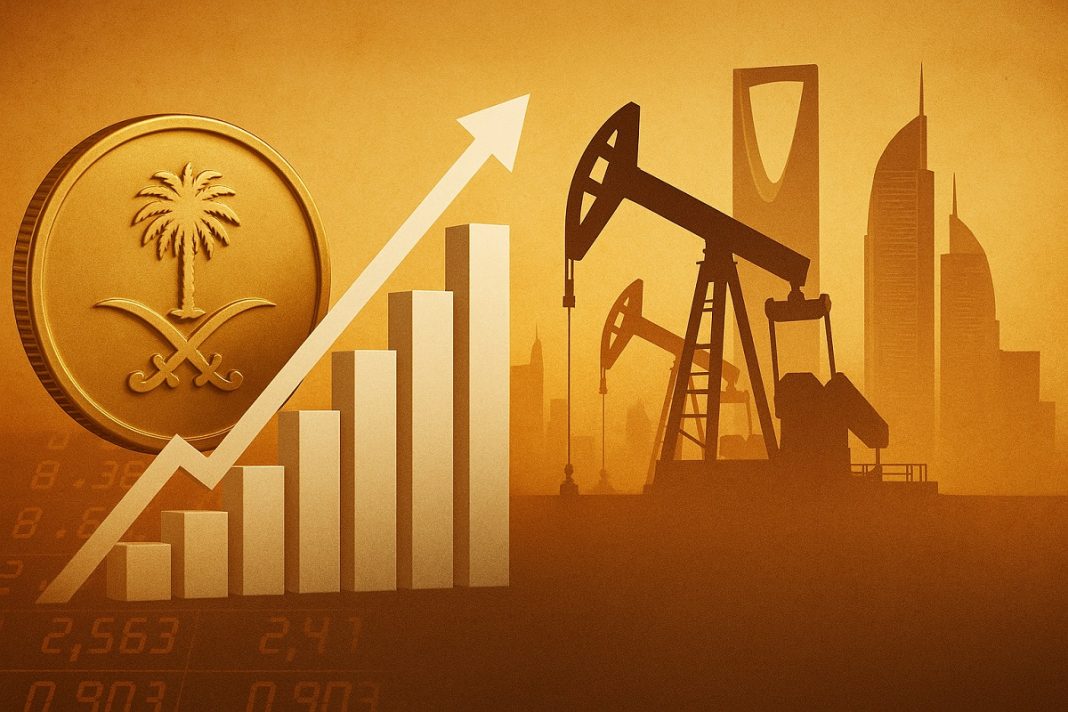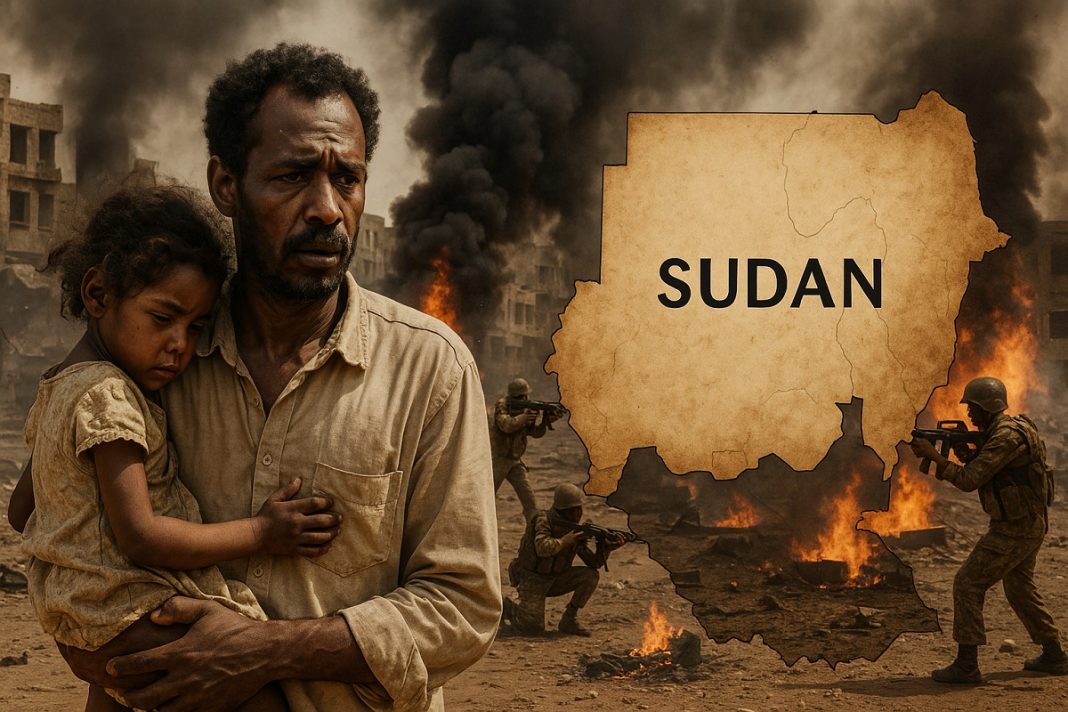Gabriel G. Tabarani
For decades, the world has swung between faith in unfettered markets and renewed belief in the guiding hand of the state. Today, the pendulum is firmly back on the side of government intervention. Across continents, leaders are reviving industrial policies once dismissed as relics of the 20th century. But in the Gulf, industrial policy never died—it only evolved. Now, with global volatility intensifying, the region is trying something far more ambitious: reinventing its economic foundations before the oil age fades.
Since the 1960s, Gulf monarchies have used state planning and hydrocarbon revenues to build roads, ports, schools and national industries. Five-year plans and sovereign wealth funds formed the backbone of development. Bahrain experimented early with aluminum manufacturing; Dubai built logistics hubs long before global supply chains were fashionable; Saudi Arabia created industrial champions like SABIC to move beyond crude oil. These were not just economic choices—they were existential ones for states dependent on a single volatile export.
Today, the stakes are higher. Vision strategies stretching into the 2030s outline bold new aspirations: transforming petrochemical clusters into advanced materials ecosystems, deploying gigawatts of renewables, expanding food-tech and biotech, and even breaking into AI and semiconductor manufacturing. The ambition is sweeping. The question is whether it is achievable.
The answer depends on how Gulf governments navigate three converging headwinds.
The first is the accelerating global climate agenda. As countries commit to net-zero emissions, oil demand will eventually decline. Building more petrochemical plants or expanding plastics production might buffer the transition, but these bets come with rising political and environmental risks. Gulf states are attempting something extraordinarily difficult: maximizing the value of hydrocarbons today while preparing for a future where hydrocarbons may no longer anchor the global economy.
The second headwind is the fragmentation of the global economic order. The rules that governed trade and investment for decades are eroding. The United States, long the champion of open markets, now deploys tariffs and industrial subsidies with renewed zeal. China is doubling down on self-reliance. The assumptions that enabled East Asia’s meteoric rise—the smooth movement of goods and capital, the primacy of export markets—no longer hold. Gulf states attempting to diversify into manufacturing are doing so at a moment when borders are thickening, not thinning.
The third challenge is internal. Rentier-state dynamics—public-sector job guarantees, high wage expectations, slow productivity growth and skill gaps—continue to constrain competitiveness. The region’s innovation ecosystems remain young and overly reliant on state direction. Many Gulf citizens still prefer government jobs over private-sector risk. The very mechanism that historically delivered stability—the centrality of the state in economic life—now complicates the shift to a diversified future.
And yet, the Gulf is not without leverage. It possesses vast sovereign wealth, geopolitical agility and a location that straddles major trade routes. These are not trivial advantages. The real test is whether governments can deploy them with greater discipline and strategic clarity.
This requires a recalibration of the Gulf development model.
First, industrial policy should target activities, not just sectors. Investing in digital infrastructure, robotics, advanced logistics and research capabilities has cross-sector spillovers. Betting everything on specific firms or narrow industrial niches magnifies the risks of failure—something the Gulf, with its mega-project history, knows well.
Second, the line between state and market must be sharper. State capitalism is often a strength in the Gulf, but excessive state dominance can smother the very private activity governments are trying to cultivate. Public ownership belongs in energy, defense and food security—not everywhere by default.
Third, stronger competition policy is essential. Dominant SOEs and politically connected firms discourage innovation. While Saudi Arabia has begun reforming its competition regime, others lag behind. A credible, enforced competition framework would send a powerful signal to global investors that Gulf economies are serious about leveling the playing field.
Fourth, volatility in oil revenues must be tamed. When oil prices soar, government spending surges; when they fall, projects are delayed or abandoned. This cycle undermines the long-term trajectory required for industrial development. Rule-based fiscal frameworks and sovereign wealth buffers can dampen these swings.
Finally, high-tech bets should be approached with venture-capital realism. Gulf states are moving aggressively into AI, chips and data centers. Some projects will succeed; many will not. The danger is political pride—refusing to exit failing ventures because doing so would be embarrassing. Smart industrial policy requires the courage to cut losses.
The Gulf cannot control the global energy transition or the tides of protectionism. But it can control the design and discipline of its industrial strategy. As these states move from oil dependence toward more dynamic and high-risk sectors, the difference between success and failure will rest not only on capital but on governance: competition, accountability, and the willingness to learn from past missteps.
The Gulf has the money to shape its future. What it needs now is precision.
This article was originally published in Arabic on the Asswak Al-Arab website

